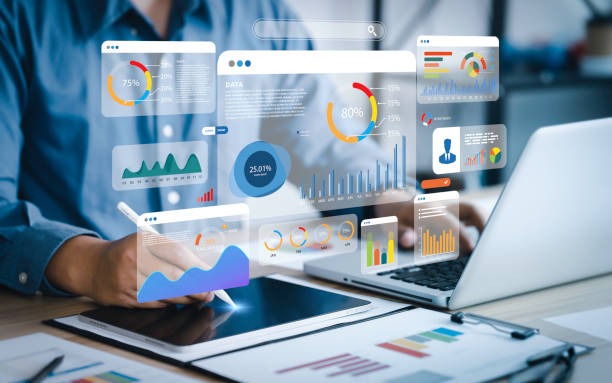Prompt to Perfection Mastering the Art of Image Generation AI

In recent years, the field of artificial intelligence has witnessed remarkable advancements, particularly in the realm of image generation. This facet of AI technology has captivated both technologists and artists alike, offering unprecedented opportunities to create visual content with a level of sophistication that was once unimaginable. At the heart of this innovation lies the concept known as “prompt engineering,” a technique that involves crafting precise and effective inputs to guide AI models toward generating desired images.
Prompt engineering is akin to providing an artist with a detailed brief before they commence work on a masterpiece. The prompts serve as instructions or guidelines for Image generation AI systems, ensuring that the output aligns closely with human expectations. This process is crucial because it bridges the gap between human creativity and machine learning capabilities, allowing users to harness AI’s potential more effectively.
The art of prompt engineering requires a deep understanding of both language and visual aesthetics. Crafting an effective prompt often involves carefully selecting words and phrases that accurately convey nuances such as style, mood, color palette, and composition. For instance, if one desires an image reminiscent of Van Gogh’s Starry Night but set in modern-day Tokyo, the prompt must encapsulate these elements succinctly yet comprehensively.
Moreover, mastering this craft demands iterative experimentation. Users frequently refine their prompts based on initial outputs from AI models like DALL-E or Midjourney until they achieve perfection—or at least something close to it. This iterative process not only enhances technical skills but also fosters creativity by encouraging users to think critically about how different variables influence outcomes.

